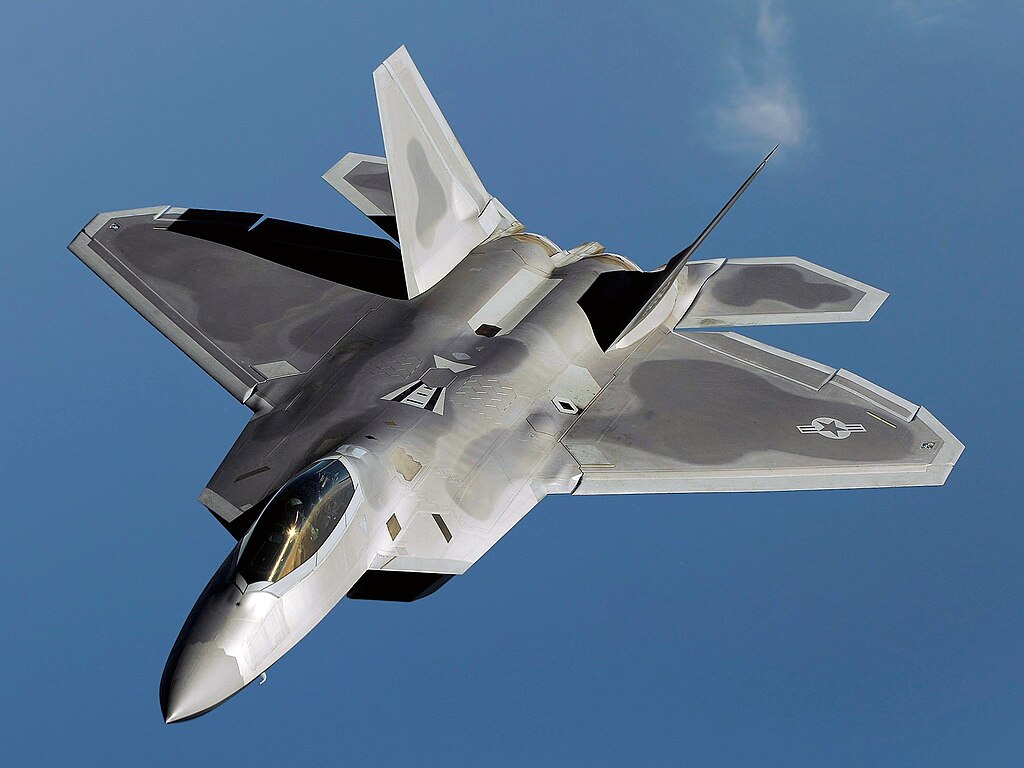
“You really oughta go home.” With those six words, a U.S. Air Force F-22 Raptor pilot ended a tense mid-air encounter that could have spiralled into an international incident. In 2013, the stealth fighter slipped beneath an Iranian F-4 Phantom undetected, inspected its weapons load, and then pulled up alongside to deliver the calm but unmistakable warning.
Later confirmed by then–USAF Chief of Staff Gen. Mark Welsh, this was more than a dramatic exchange; it demonstrated how fifth-generation stealth, advanced sensors, and precision tactics defused a confrontation without firing a shot. For enthusiasts of military aviation, it provides a rare insight into the operational reality of both high-value asset escort missions and the continuing legacy of Cold War-era fighters that remain in service. Here are nine key elements that reveal the full story behind that encounter—and why it matters in the evolving landscape of air combat.
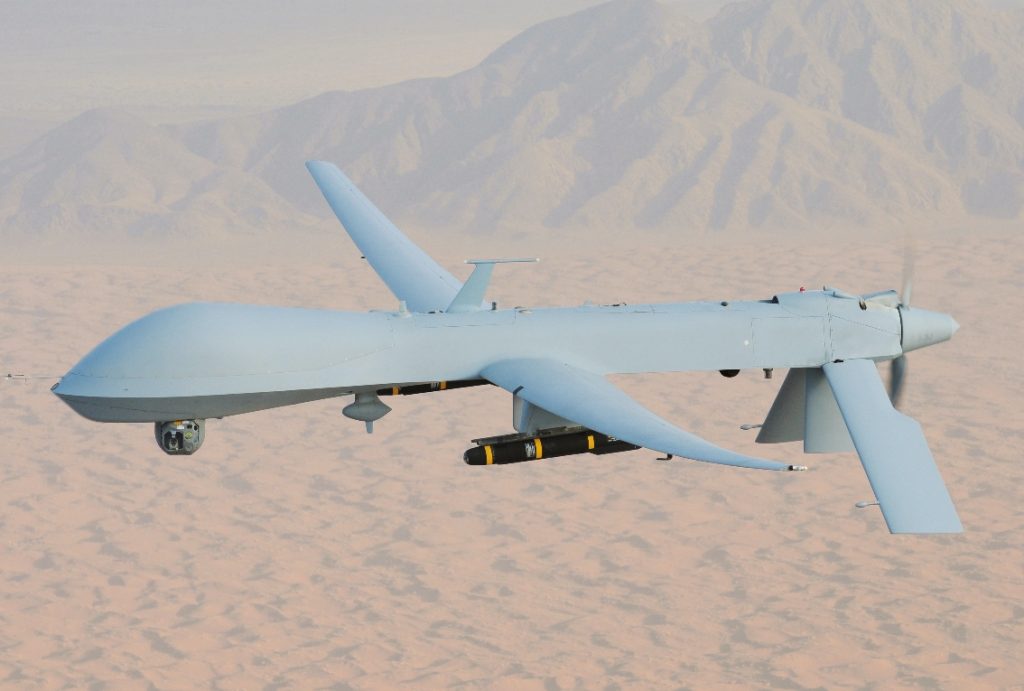
1. The Drone That Drew Fighter Escorts
The MQ-1 Predator was flying a surveillance mission in international airspace near Iran when two Iranian F-4 Phantoms approached. It was not the first time U.S. drones had been targeted: just months before, Su-25 Frogfoot attack jets had tried and failed to shoot one down. That attempt led the Pentagon to assign fighters – F-18 Hornets and F-22 Raptors among others – as escorts on ISR missions.
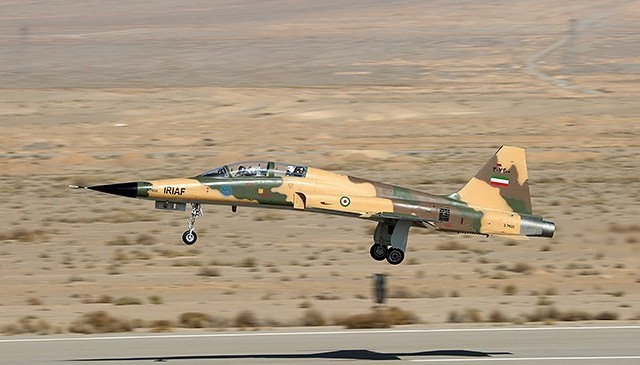
2. The Stealth Approach
One of the Iranian jets was already being shadowed by Lt. Col. Kevin “Showtime” Sutterfield’s F-22 when the Iranian jets closed in. He used the Raptor’s low radar cross-section and infrared signature to slip undetected beneath one Phantom. In that position, he visually verified its weapons load before taking his next step.
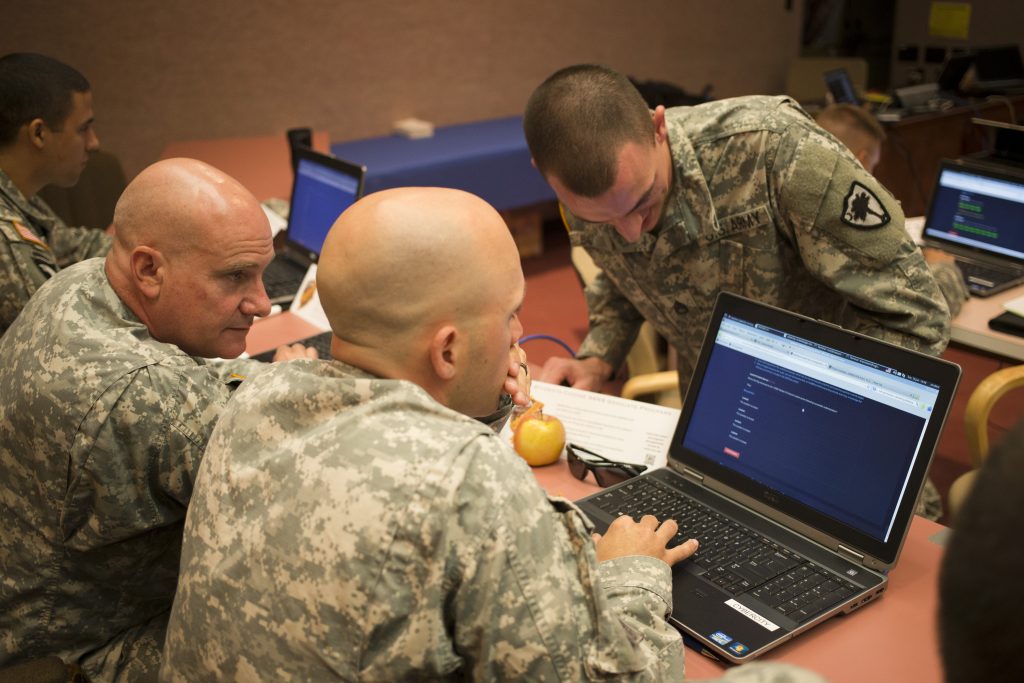
3. A Cold War Fighter Meets Fifth-Generation Technology
These were indeed fearsome Iranian Phantoms when they were delivered in the 1970s, capable of Mach 2.23 with up to 18,650 pounds of ordnance and having served in numerous conflicts. But pitted against the F-22’s stealth shaping, thrust vectoring, and supercruise capability, the tactical advantage simply did not lie with the Phantoms. This again underlined how fourth-generation designs struggle against modern air-superiority platforms.

4. The Moment of Contact
Sutterfield banked left, climbed, and appeared on the Iranian pilot’s wing after checking the Phantom’s loadout. The surprise was total. Breaking radio silence, he delivered the now-famous line: “You really oughta go home.” The Iranian jets immediately disengaged, and the confrontation was over with no escalation.

5. HVAA Escort Doctrine in Action
HVAAE missions protect vulnerable but strategically critical platforms such as ISR drones. Here, the job for the F-22 was to ensure that the Predator could accomplish its mission and go home in one piece. Gen. Welsh’s story confirmed the ability of the Raptor to operate undetected until the moment the situation called for decisive intervention.
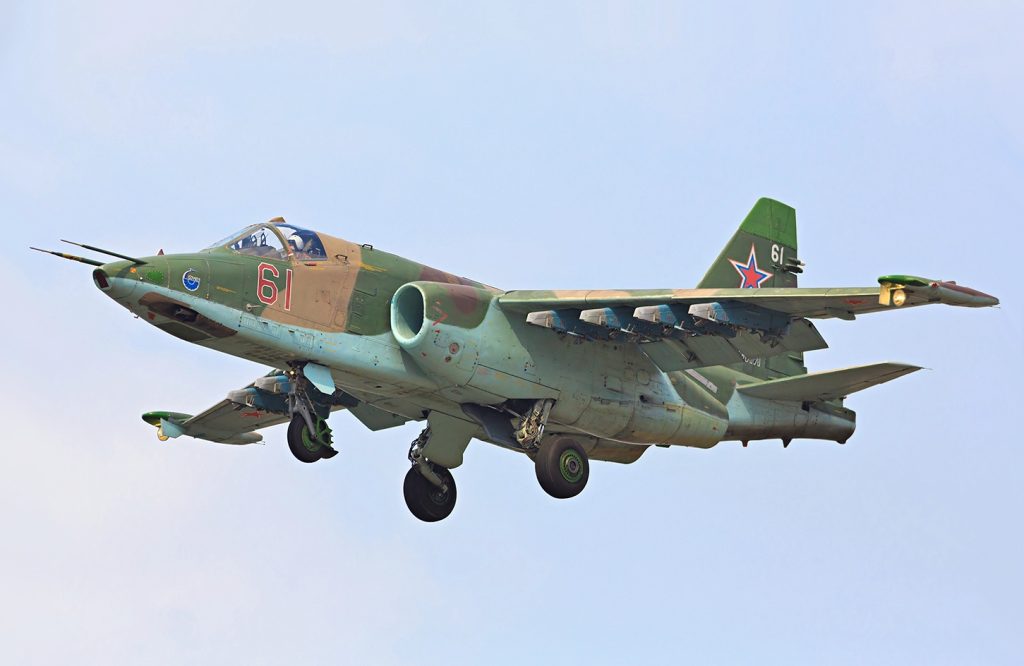
6. The Su-25 Incident: Lessons
The earlier Su-25 attack revealed the vulnerability of non-stealth drones in contested airspace. The Frogfoot was designed for close air support and, as such, was poorly suited for an air-to-air combat role; its pilots missed the Predator. That failure influenced U.S. policy to pair drones with capable escorts, thus reducing the risk of loss.

7. The Phantom Continues to Serve
Although now obsolete in frontline service, the F-4 Phantom remains in limited service around the world, including in Iran. It has been used for air-to-air combat, ground attack, and is one of the most prolific fighters in service during the Cold War, with more than 5,000 examples built. Yet, encounters like the one in 2013 underline the limits of aging platforms against modern threats.
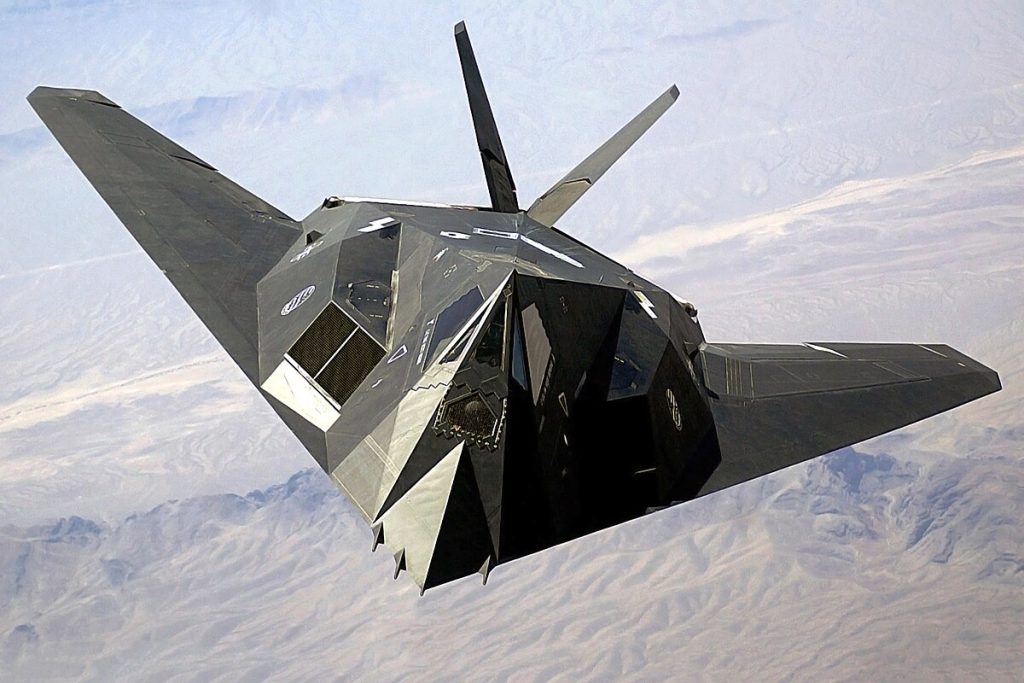
8. F-22’s Tactical Edge
The advantage of the Raptor is a mix of stealth and maneuverability: thrust vectoring enables extreme agility in close-in combat, while advanced sensors detect threats well outside of visual range. Here, stealth allowed positioning without alerting the Iranian pilots; maneuverability guaranteed dominance if it came to combat.
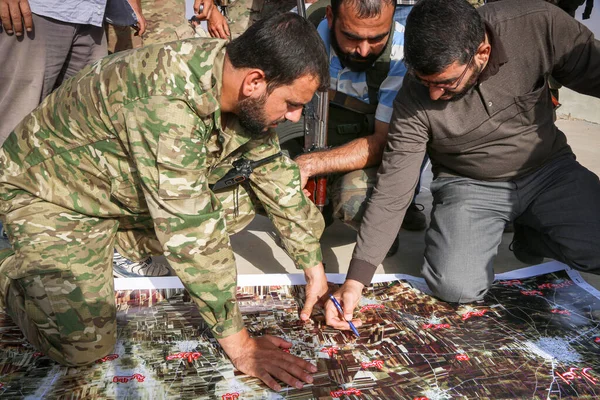
9. Strategic Implications
This incident reinforced the deterrent value of stealth fighters operating in contested regions. The F-22 underlined both technological superiority and strategic restraint, avoiding firing at an enemy that was already neutralized. It also underlined evolving tactics for drone operations-such as changing routes and mission profiles to make them less predictable. Events in the 2013 F-22–F-4 encounter have graphically shown how advanced airpower can succeed in achieving its objectives without firing a single shot.
The planners will look at it as yet another confirmation that high-value assets require escorts capable of influencing the outcome. For enthusiasts of aviation, however, it is that rare glimpse into a real-world application of stealth, transforming possible combat into a controlled, decisive conclusion.


